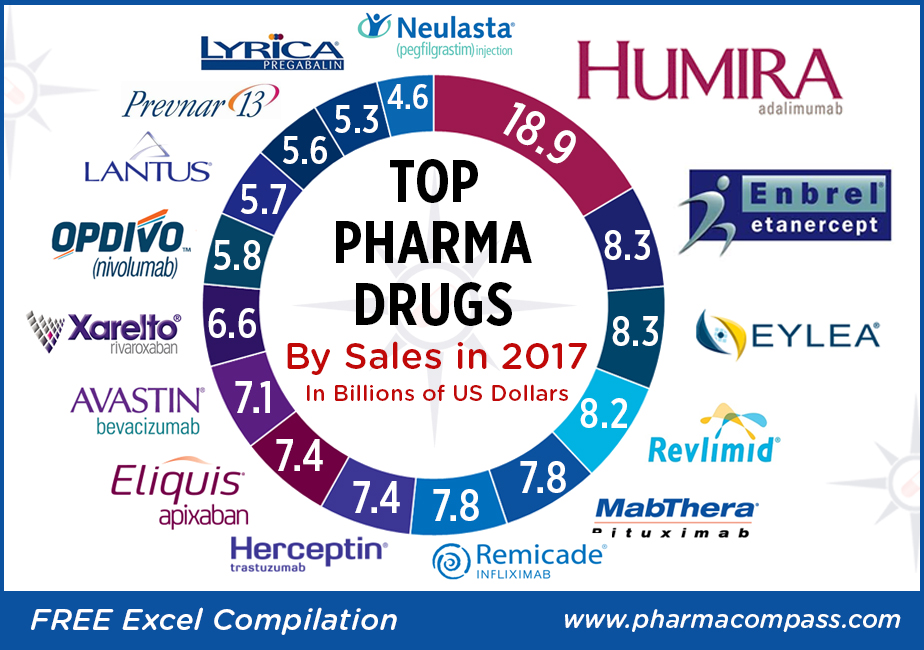- Home
- Blog
- News
- Basics
- Sources
- Agencies, Regulatory & Organisations
- CERSI Excipients Browser
- Excipient Report
- Excipient DMF List
- EXCiPACT Certified Companies
- Excipient Documentation
- Excipient EINECS Numbers
- Excipient E-Numbers
- FDA Inactive Ingredient List
- FDA GRAS Substances (SCOGS) Database
- IPEC Americas
- USP - U.S. Pharmacopeia
- Definitions
- Whitepapers / Publications
- Supplier
- Services
- Media
- Events
- 1st pharmaexcipients Poster Award
- Event Calendar
- Events featured by pharma-excipients
- 4th Annual Formulation & Drug Delivery Congress
- DDF Summit
- ExcipientFest Americas
- ExcipientFest Asia
- Global CompliancePanel
- International Conference and Exhibition on Pharmaceutics & Novel Drug Delivery Systems
- Formulation & Drug Delivery USA Congress
- Laboratory Medicine 2018
- Making Pharmaceuticals Europe
- Making Pharmaceuticals Exhibition
- Pharma Integrates
- PharmaExcipients China @CPhI China
- TTC Technology Training Center
- Jobs
- Online Sourcing
- Contact
30. August 2018
This study aimed to improve dissolution rate of valsartan in an acidic environment and consequently its oral bioavailability by solid dispersion formulation. Valsartan was selected as a model drug due to its low oral bioavailability (~23%) caused by poor solubility of this drug in the low pH region of gastrointestinal tract (GIT) and presence of absorption window in the upper part of GIT. Solid dispersions were prepared by solvent evaporation method with Eudragit® E100, Soluplus® or...
24. August 2018
In today's drug development world, combinatorial chemistry, high-throughputscreening, and genomics have provided a technologic platform that produces a large number of new chemical entities withtherapeutic potential each year. Its outcome the new chemical entities shifted towards higher molecular weight and increasing lipophilicity that results in poor water solubility which primarily affectsthe bioavailability of orally administered drugs. Hence, the poor aqueoussolubility not only limits the...
30. July 2018
Small-molecule drugs in oral solid-dosage forms are considered the first line of defense in treating diseases of the gastrointestinal (GI) tract, which affect millions of patients around the world each year. A number of patients, however, either do not respond to these drugs or experience side effects from these drugs. Macromolecular drugs, such as peptides, proteins, and antibodies, offer a newer class of drugs that can treat diseases of the GI tract, such as inflammatory bowel disease (IBD)....
30. July 2018
Drug nanoparticles embedded in a dispersant matrix as a secondary phase, i.e., drug-laden nanocomposites, offer a versatile delivery platform for enhancing the dissolution rate and bioavailability of poorly water-soluble drugs. Drug nanoparticles are prepared by top-down, bottom-up, or combinative approaches in the form of nanosuspensions, which are subsequently dried to prepare drug-laden nanocomposites. In this comprehensive review paper, the term “nanocomposites” is used in a broad...
30. March 2018
The year 2017 was a landmark year for pharmaceutical industries in the US and Europe, with a sharp increase in the number of new molecular entities (NMEs) being approved in both geographies. The US Food and Drug Administration (USFDA) approved 46 NMEs in 2017, the second highest since 1996 when 53 NMEs were approved. In Europe, the European Medicines Agency (EMA) approved 35 drugs with a new active substance, up from 27 in 2016. Sales for most major pharmaceutical companies continued to grow in...
26. March 2018
A novel hybrid microparticulate system composed of poly(lactic-co-glycolic) acid (PLGA) nanoparticles and submicron medium-chain triglyceride (MCT) droplets was fabricated to overcome the pH-dependent solubility and precipitation challenges associated with a model poorly water-soluble weak base, cinnarizine (CIN). Molecular CIN was confined within both the lipid and polymer phase of PLGA-lipid hybrid (PLH) and PLGA-lipid-mannitol hybrid (PLMH) particles, which offered significant...
01. October 2017
Technologies for long-term delivery of aerosol medications in asthma and chronic obstructive pulmonary disease have improved over the past 2 decades with advancements in our understanding of the physical chemistry of aerosol formulations, device engineering, aerosol physics, and pulmonary biology. However, substantial challenges remain when a patient is required to use multiple inhaler types, multiple medications, and/or combinations of medications. Combining multiple drugs into a single...
30. September 2017
Taste is the maximum valuable factor within the case of orally drugs administering. Flavor covering is a prerequisite for bitter tablets to better the patient compliance, particularly in the paediatrics and geriatric population. The hassle of the sour taste of drug in pediatric formulations is a completely huge task to the formulators on this gift time. Overlaying is an effective device for the development of the sour taste of medication of patient compliance which sooner or later comes to a...
05. April 2017
Abstract Local delivery of drugs and biopharmaceuticals for the treatment of inflammatory bowel disease remains a challenge. Innovative nanomedicines with appropriate properties raise the possibility of efficient drug targeting. Hence, the overall aim of this study was to develop and characterize a protamine-based nanosystem for topical delivery of therapeutics to inflamed intestinal mucosa following oral administration. Protamine nanocapsules with a new composition were for the first time...
01. March 2017
ABSTRACT Formulators face great challenges in adopting systematic approaches for designing self-nanoemulsifying formulations (SNEFs) for different drug categories. In this study, we aimed to build-up an advanced SNEF development framework for weakly basic lipophilic drugs, such as cinnarizine (CN). First, the influence of formulation acidification on CN solubility was investigated. Second, formulation self-emulsification in media with different pH was assessed. Experimentally designed phase...







